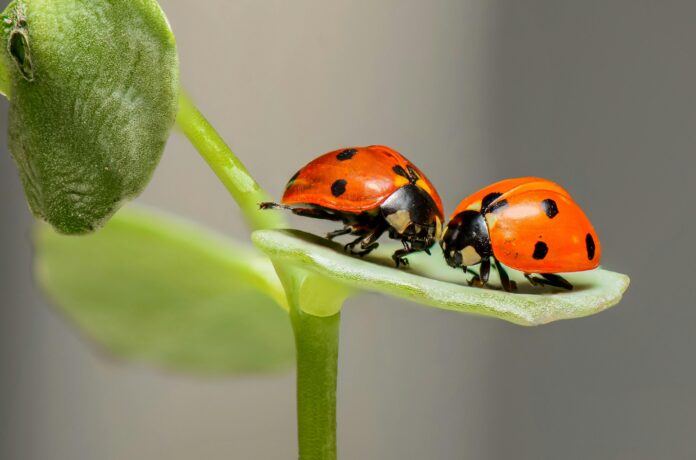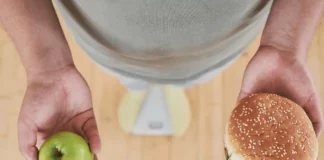It is Springtime and summer is fast approaching! As we move from one season to another you will see there are both positives and negatives to be aware of. On the positive: From refreshing mornings thanks to early sunrises and fragrant flowers in the air; to a dark and cold winter, it would be hard to be unaffected by the change of season year after yea. On the flip side we have pesky insects!
Have you ever been entranced by the beauty of this Earth only to have a sneezing fit, runny eyes and nose thanks to hay fever? Have you ever been to a backyard barbecue only to be the entree for any and every mosquito in the area? Have you ever caught something flit about in your periphery so quickly you thought you imagined it only to realize it was a fruit fly you saw?
Today, we will examine pesky insects who will not hesitate to make our lives miserable, both inside and outside our homes. We will start with insects which can be a nuisance all year round (perennial nuisances), and how to eliminate them safely.
Perennial Pesky Insects
Below is a list of insects that could be categorized as perennial insects because they can be a nuisance during two seasons or more and can be encountered at any time of the year, particularly during the fall, spring or summer seasons. Some show up in winter as well.
- Cockroaches: Cockroaches will appear indoors. These guys are nearly indestructible!
Tip: Keep a clean environment and use diatomaceous earth, which is made from the fossil remains of tiny creatures in the ocean to eliminate them. Diatomaceous earth is a powder. Or use boric acid. But be sure to keep it where children and pets can’t get to it as it is an extremely dangerous poison.
- Asian Lady Beetles and Japanese Beetles: These two beetles appear similar and can be confused. The Japanese Beetle is smaller than the Asian Lady Beetle. They sport golden hair on their chests and their bodies are green. They are also smaller than ladybugs.
Tip: These beetles welcome themselves into your home through siding doors, windows, chimneys and wires. To avoid this type of housemate, repair or change out your damaged windows and door screens.
- Cluster Flies: Definitely not your typical house flies. Cluster flies usually come into your home searching for shelter during cold months and are just as their name says, they come in clusters and hide in dark, quiet areas like the attic.
Tip: To get rid of cluster flies, use an aerosol dispenser or bomb, particularly if they are in your attic. Or you can use cluster flies killer powder you can sprinkle wherever they are. Also, seal all cracks and openings around windows and re-screen your them.
Annoying Spring/Summer Pests
- Periodical Cicada Season
Periodical cicadas are insects. They live underground and feed off the sap of trees until they reach maturity, then emerge above ground every thirteen to seventeen years. Male cicadas vibrate a membrane that is on the side of their bodies that causes them to “sing” – loudly and incessantly. This year we will experience an explosion of cicadas as they come out of hibernation and stick around for four weeks. Dangerous they are not. Rather, they are a valuable food source for birds and other predators, they can aerate the soil and when they decompose, they add nourishment to the soil.
Tip: Here are two natural ways you can get rid of cicadas. You can wrap your trees with sticky bands, you could pick them off by hand or you could spray them with a water hose.
- Fruit Flies
These are some really fast and annoying flying insects and this is prime season for them! Fruit flies are drawn to ripened fruits and vegetables, unwashed empty bottles and cans, mops and cleaning rags – just about anything that is moist and ripe. Commonly found in kitchens, bathrooms and basements. You might even have brought one into the house from outside with garden crops. Fruit flies will not go away on their own.
Fruit flies do not have any infectious agents on the outer part of their bodies and do not carry disease. But they can carry bacteria and transmit the bacteria to humans after contact with fruits or vegetables causing you to get sick when you eat it.
Tip: This effective method for getting rid of fruit flies uses Pine Sol. In a spray bottle, pour equal amounts of water and Pine Sol then spray on outdoor furniture and indoor areas where fruit flies are likely to be found, including your kitchen countertops. Conversely, you could combine two household ingredients: pour about a half inch of apple cider vinegar into a small bowl or a jar then add a drop of dishwashing soap without stirring. The fruit flies will be attracted by the smell and will fall through because the soap will break the surface of the vinegar.
- Ticks
Ticks are related to spiders. This tiny insect has eight legs and survive on blood – any kind of blood. Their bodies are flat until they eat, and then it swells. You will see more ticks then usual between April and September. Ticks breed in tall grass, wooded areas, playgrounds, and on animals. Tics are attracted to heat, movement and carbon dioxide. They are very dangerous because they carry diseases such as Lyme Disease.
Tip: If bitten by a tick, do not pull it out with your hand or try to squeeze it. Tweezers should be used to get a hold of the tick’s head or mouth. These parts of the tick will be closest to your skin. Once you’ve got a good hold on it, with a steady hand pull firmly until the tick releases your skin. After it is removed, wash your hands and the affected site with plenty of soap and water, then wipe with an alcohol pad and cover it with a light coat of petroleum jelly or a Band-aid.
Have a healthy and bug-free summer!


